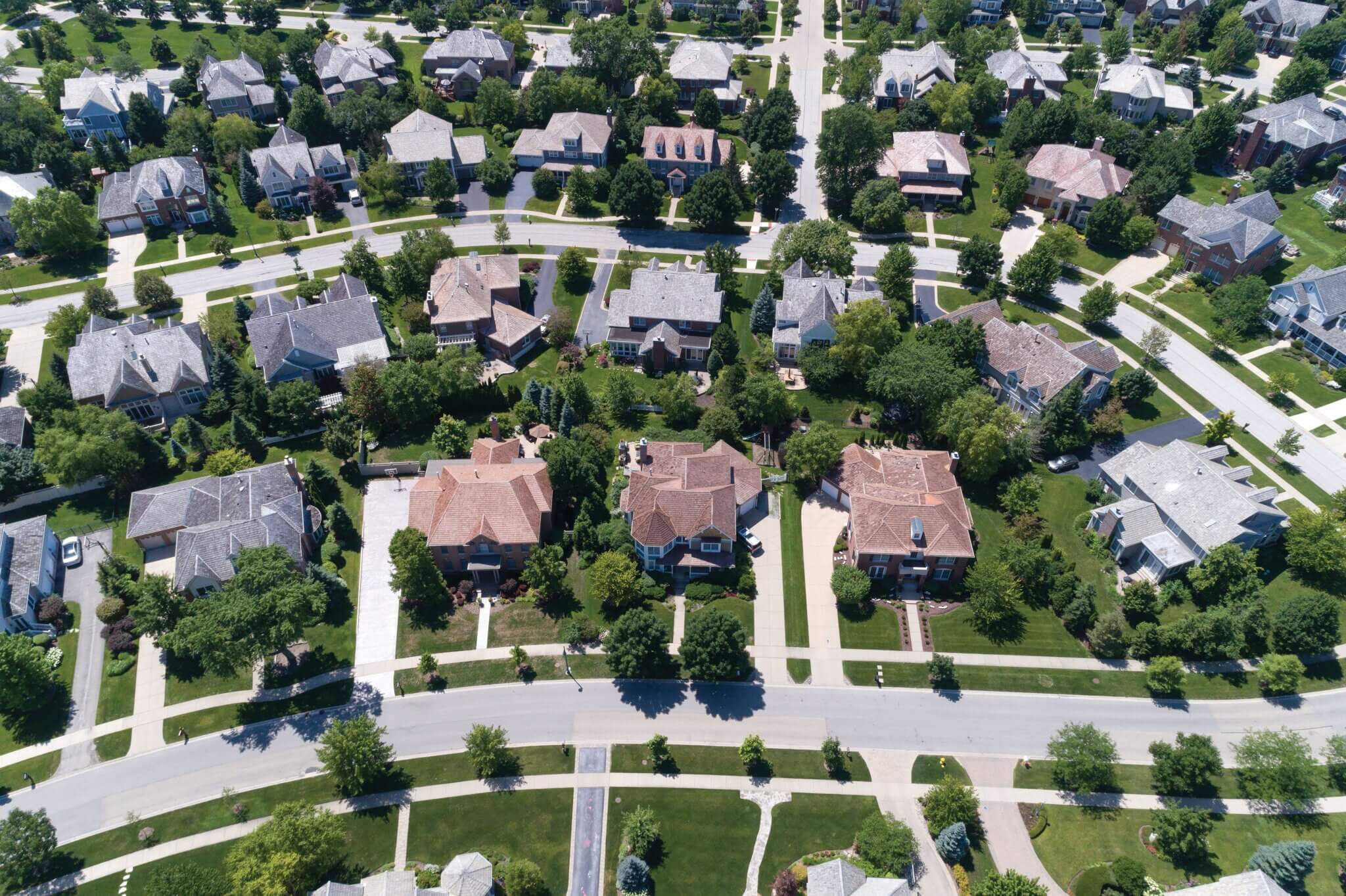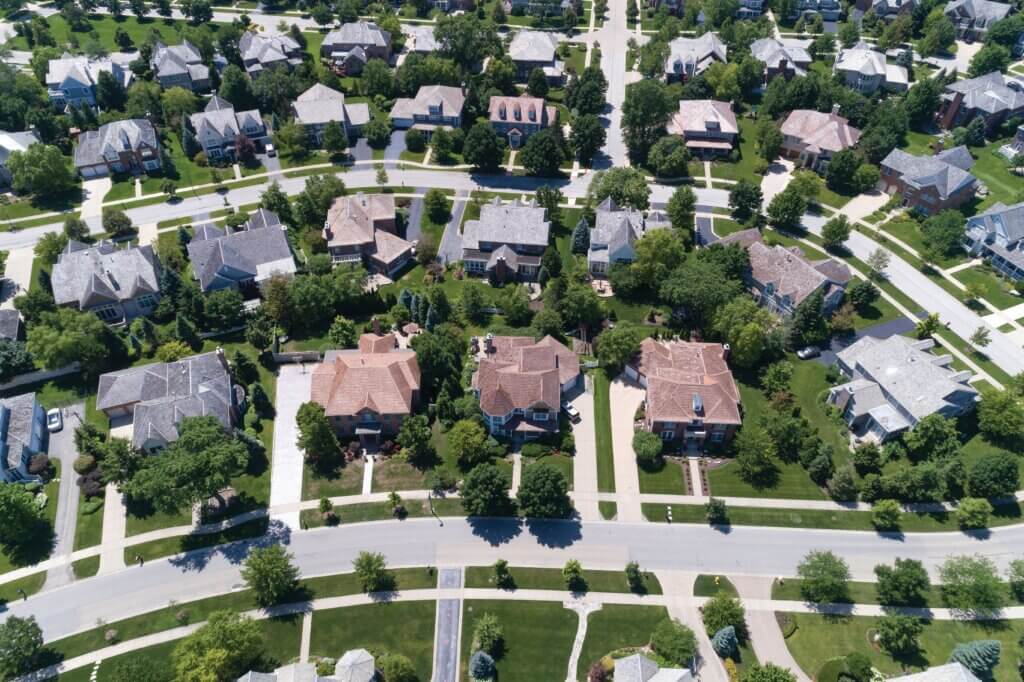Housing Costs Driving Latino Voter Concerns About Inflation Ahead of the 2024 Election
The high cost of housing is keeping Hispanic voters up at night and may explain their continued concern about the economy, despite indications that economic conditions are improving.
By Sam Kenney
Senior Policy Analyst, Economic Policy Project, UnidosUS
A recent poll by UnidosUS and Mi Familia Vota revealed a striking sentiment: 3 out of 4 Latino respondents said their concerns about inflation come directly from the high cost of housing, and 6 out of 10 respondents are considering relocation due to high and unaffordable housing costs.
Even as job prospects are improving and inflation cools down, Latino families feel the dream of homeownership slipping away. And they’re mostly right that housing costs have been going in the wrong direction. In 2023, the U.S. hit a new homebuying record for this generation, the fewest existing homes were sold last year since 1995.
So, what’s driving this tough housing market for Latino families?
First, housing prices have risen much higher than overall inflation. Last year, overall inflation increased by just 3% while housing prices rose by over 6.5% during 2023, continuing a multi-year trend. The National Association of Realtors reported that the median existing single-family home sold in December 2023 fetched $387,000 compared to $277,000 in December 2019. Add that to the fact that housing costs are the largest part of the average household budget, and it makes sense why Latino homeowners are not feeling great about the economy with housing costs straining their budget.
Second, limited housing inventory has kept housing prices high. Housing supply has failed to keep pace with U.S. population growth and demand, which keeps competition fierce for the limited number of homes on the market, driving the price higher. This is particularly true for starter homes which hurts Latino residents who are in their prime homebuying years.
Third, the gap between what a median Latino family earns and what they need to buy a home has widened. According to Redfin analysis, the typical homebuyer in 2023 needed to earn an annual income of at least $109,868 if they wanted to spend no more than 30% of their earnings on monthly housing payments for the median-priced home. That’s a record high—up 8.5% from 2022—and is $47,068 more than the typical Latino household makes in a year. Even though wages have risen, they have not kept up with the rise in home-buying costs and are nowhere close to enough to make up for an almost $50k income shortfall. The median monthly housing payment for potential home buyers in 2023 jumped by 12.6% from the prior year, hitting a record $2,715. Over the same period, the median earnings of Hispanic workers increased by just 2.78 %, dramatically failing to offset the jump in housing costs.
Fourth, comparatively high interest rates are making mortgage loans unaffordable for the average Latino family. In October 2023, the average 30-year fixed mortgage rate hit 8% for the first time in nearly two decades. While rates have dipped below 7% in recent weeks, it is still painfully expensive to borrow money for a home, especially when compared to the record-low rate of 2.65% seen at the start of the pandemic. Unfortunately, interest rates are not projected to drop significantly in 2024.
The housing challenges facing Latino families nationwide go beyond only economic issues; they have significant political implications, especially with the 2024 election on the horizon.
In the Mi Familia Vota poll, the urgency of the housing affordability crisis is particularly pronounced among first-time voters and independents—groups known for their potential to sway election outcomes. This holds true across significant geographic diversity—from California to Florida.
The housing challenges facing Latino families are not going to solve themselves. Policymakers and candidates that fail to recognize the importance of housing to Latino voters will have a hard time connecting with them on economic issues, a top concern for the community.
The good news? There is a policy roadmap to improve housing outcomes for the Latino community. Through innovative and bold actions, policymakers can unlock the full economic potential of Hispanic homeownership and empower families throughout the housing lifecycle. Such efforts promise not only to elevate the economic standing of Latino families but also to resonate positively within the community.




